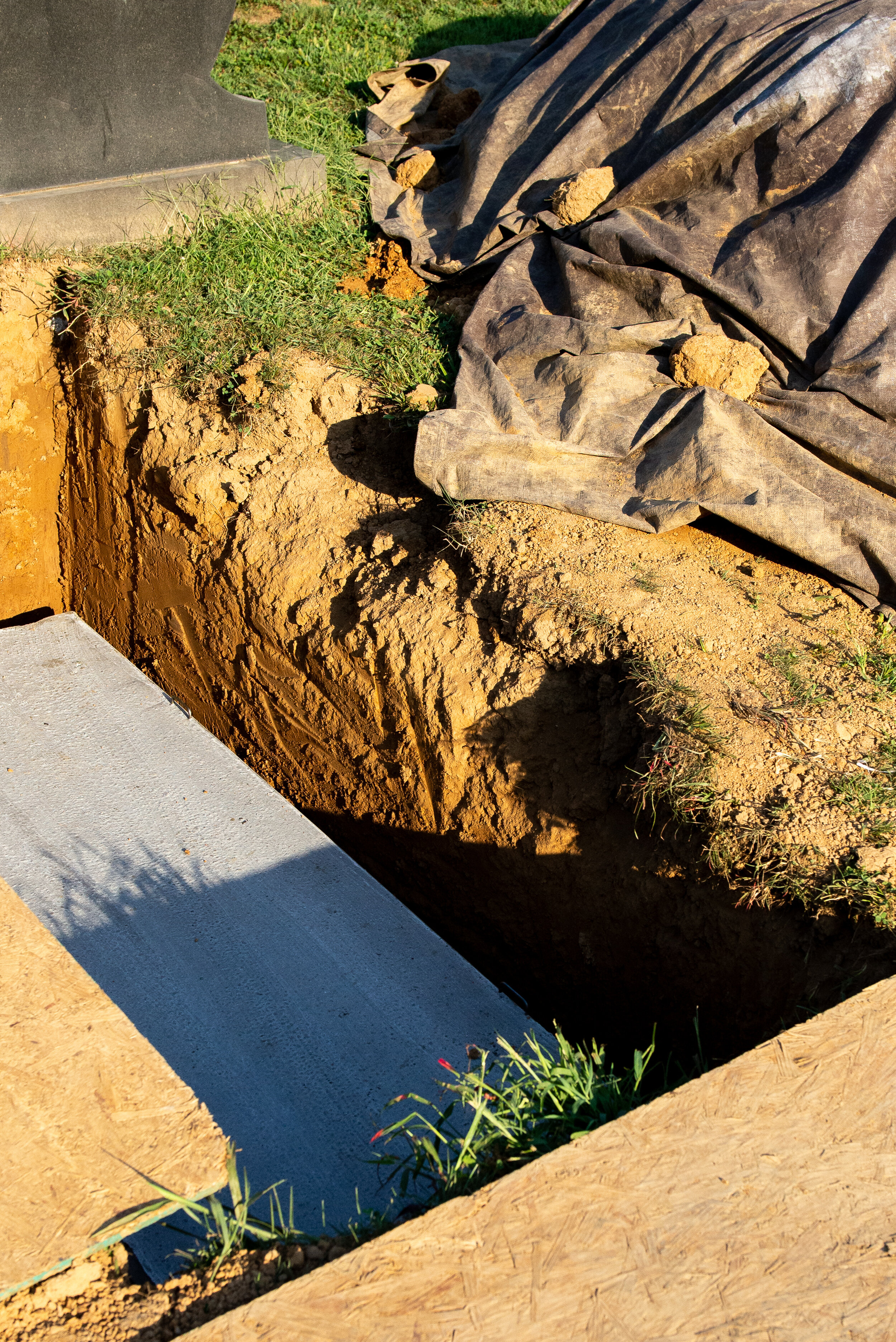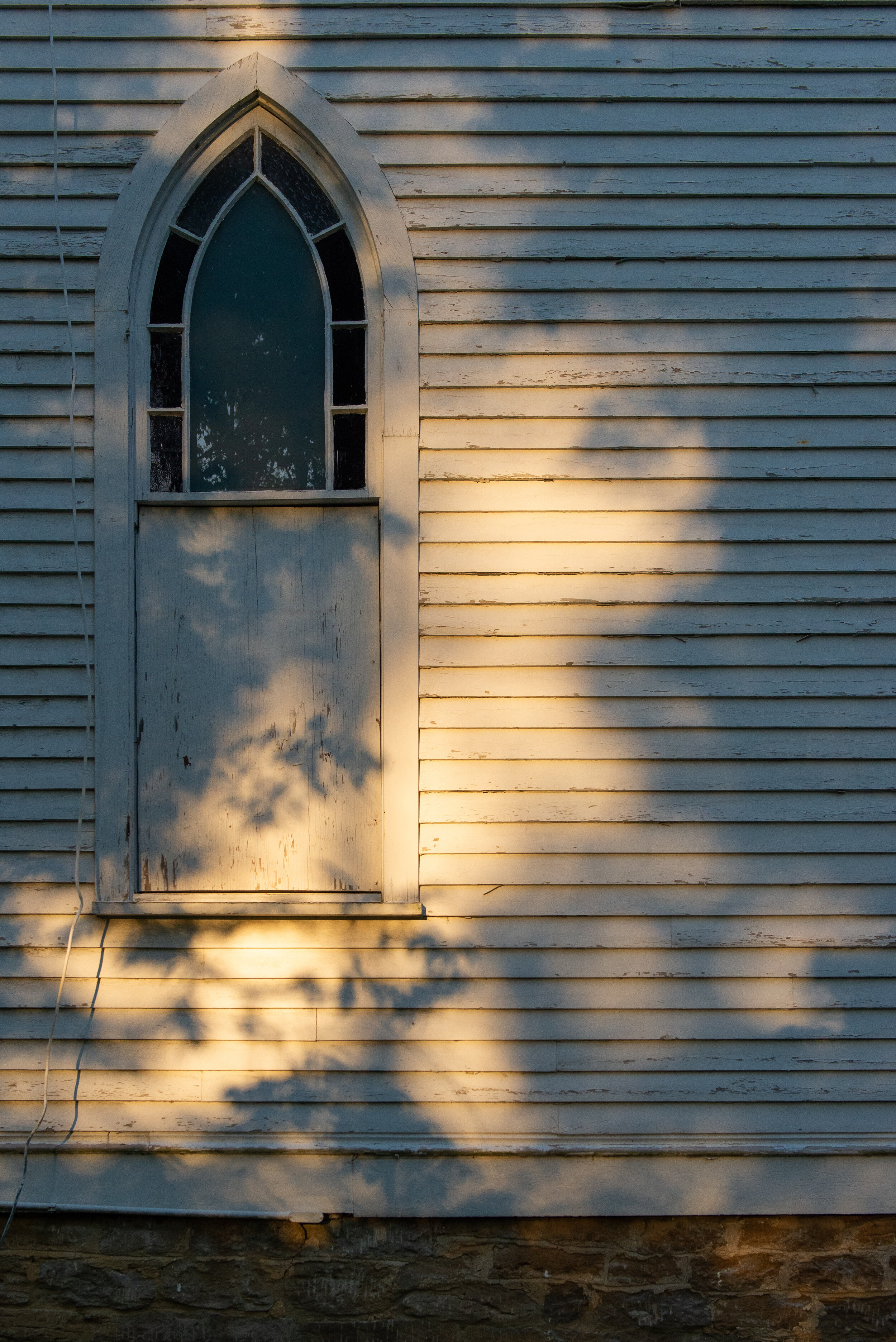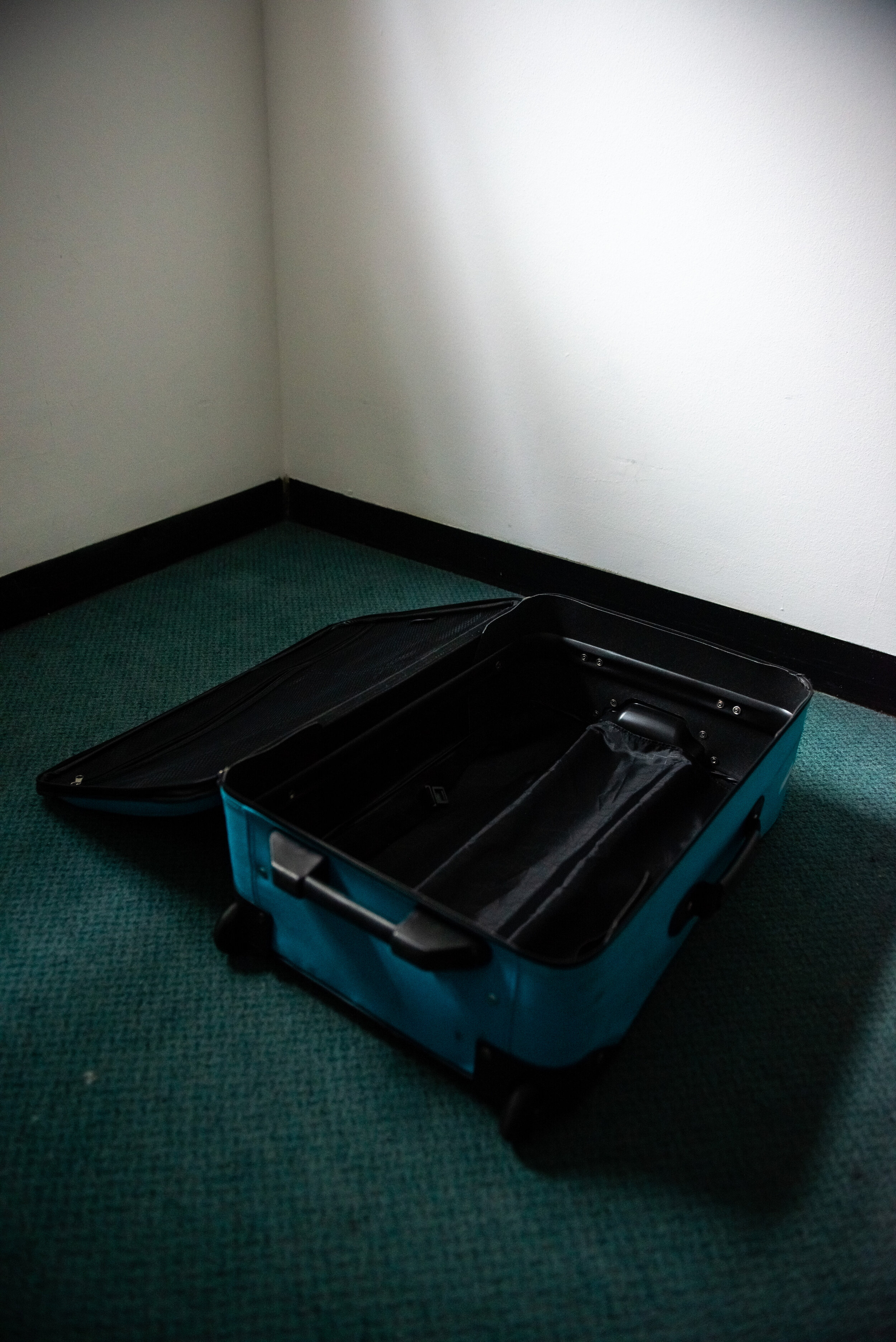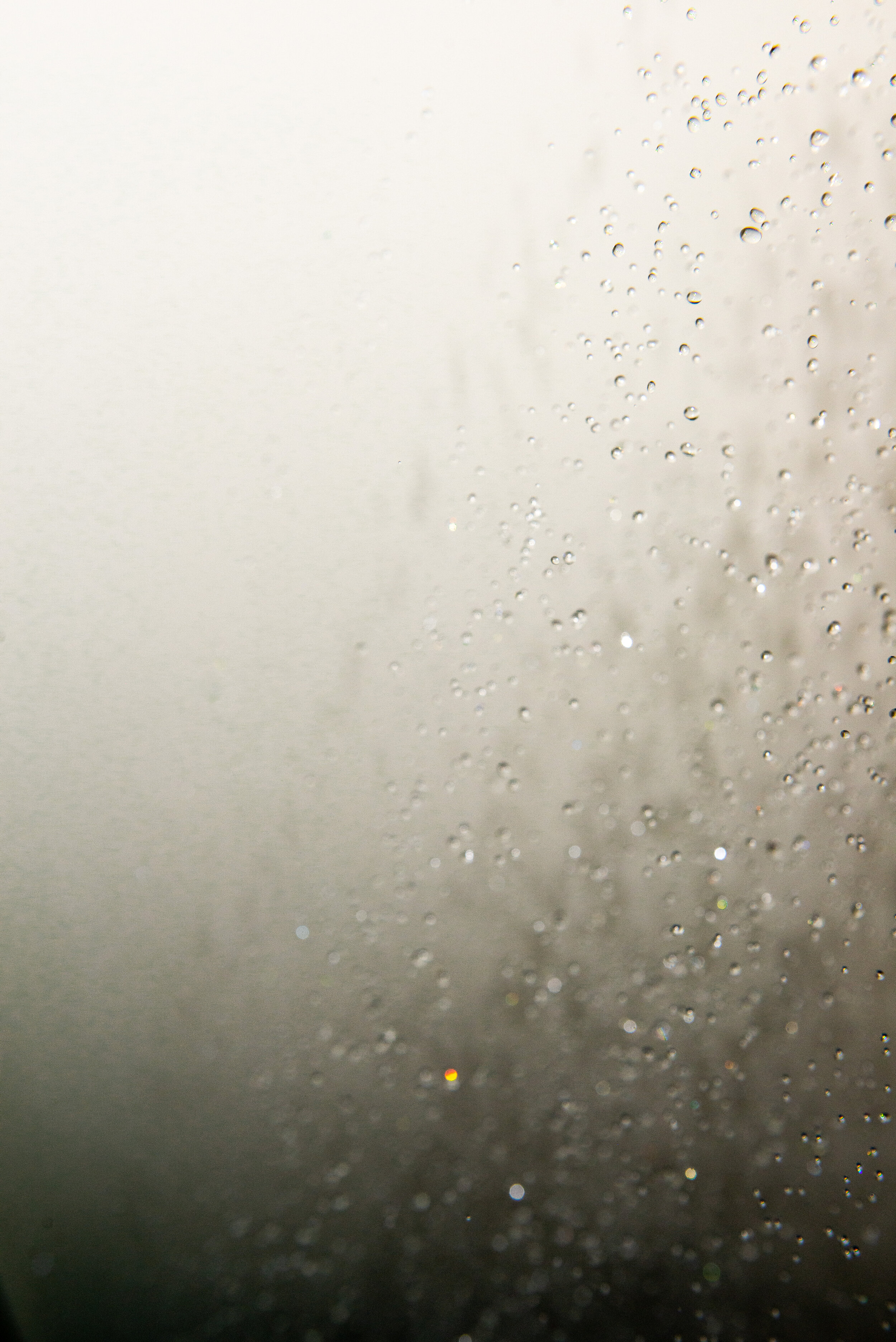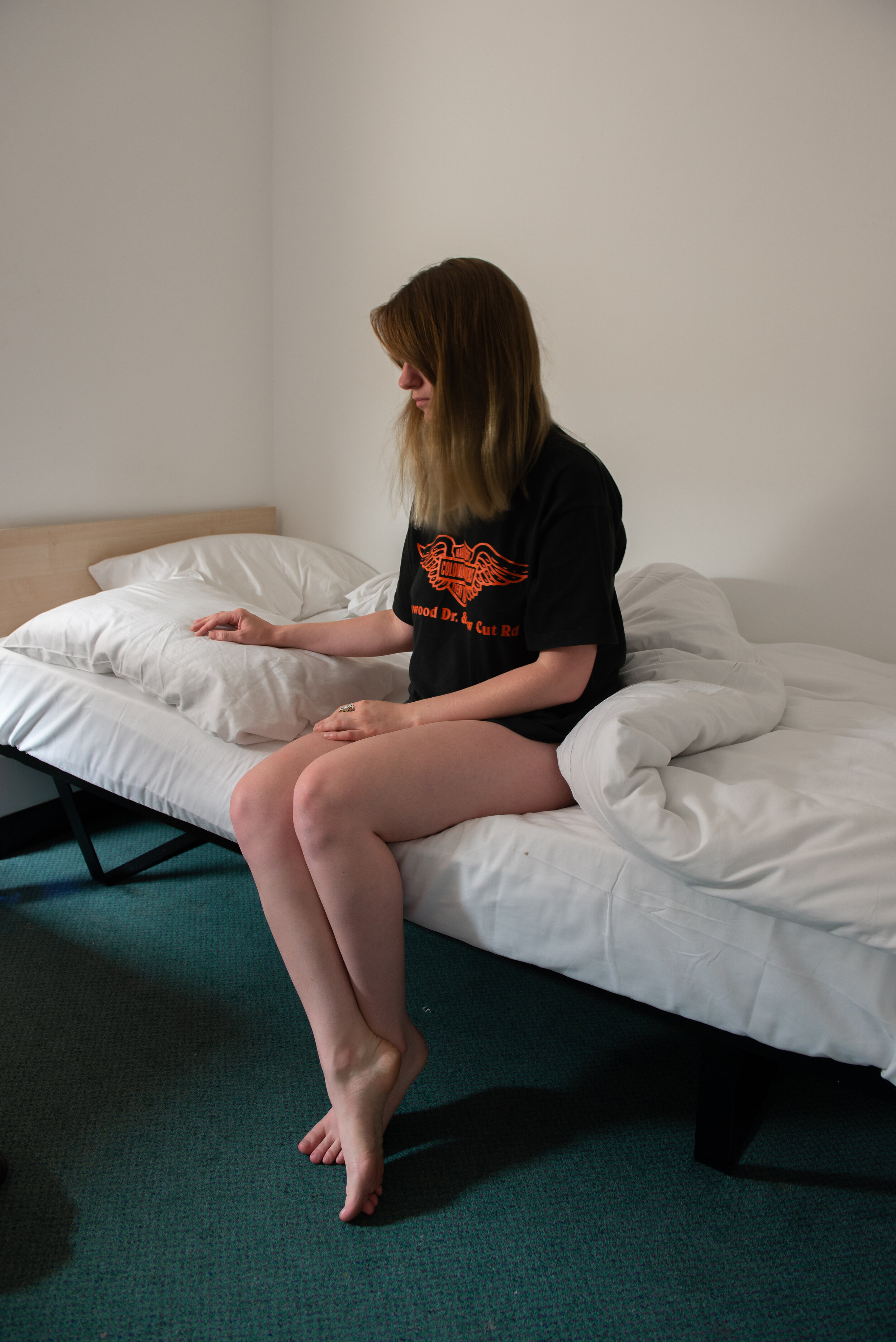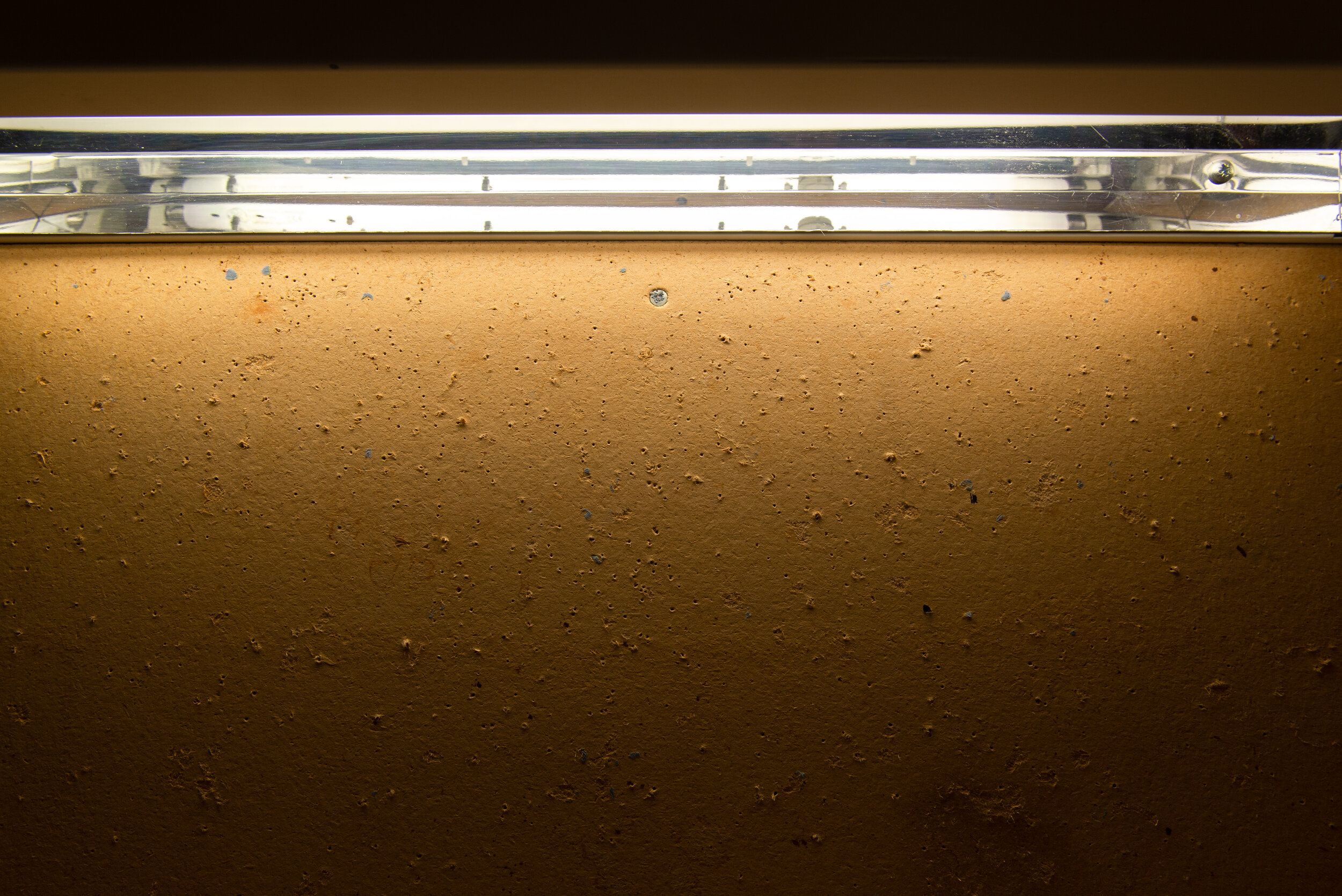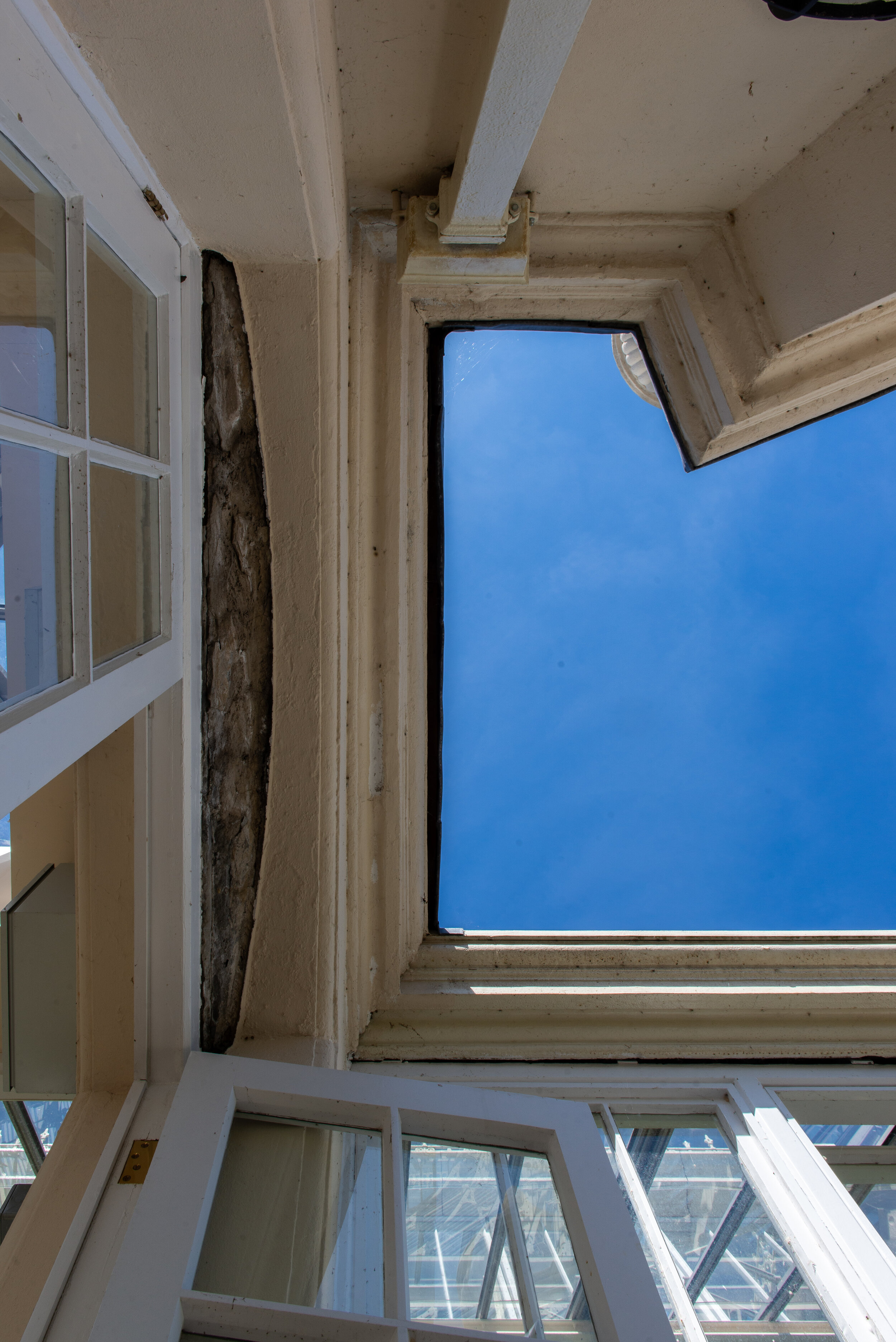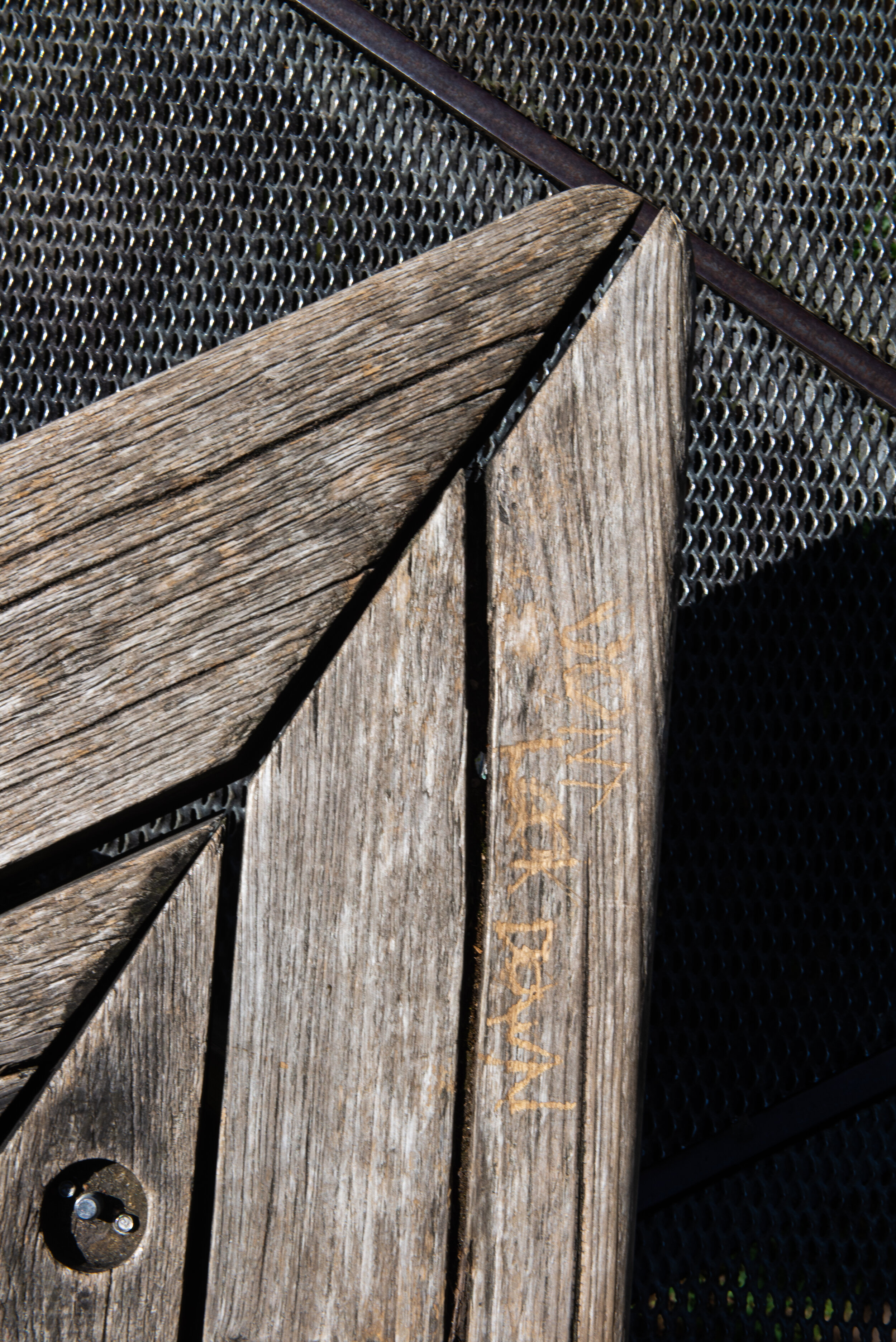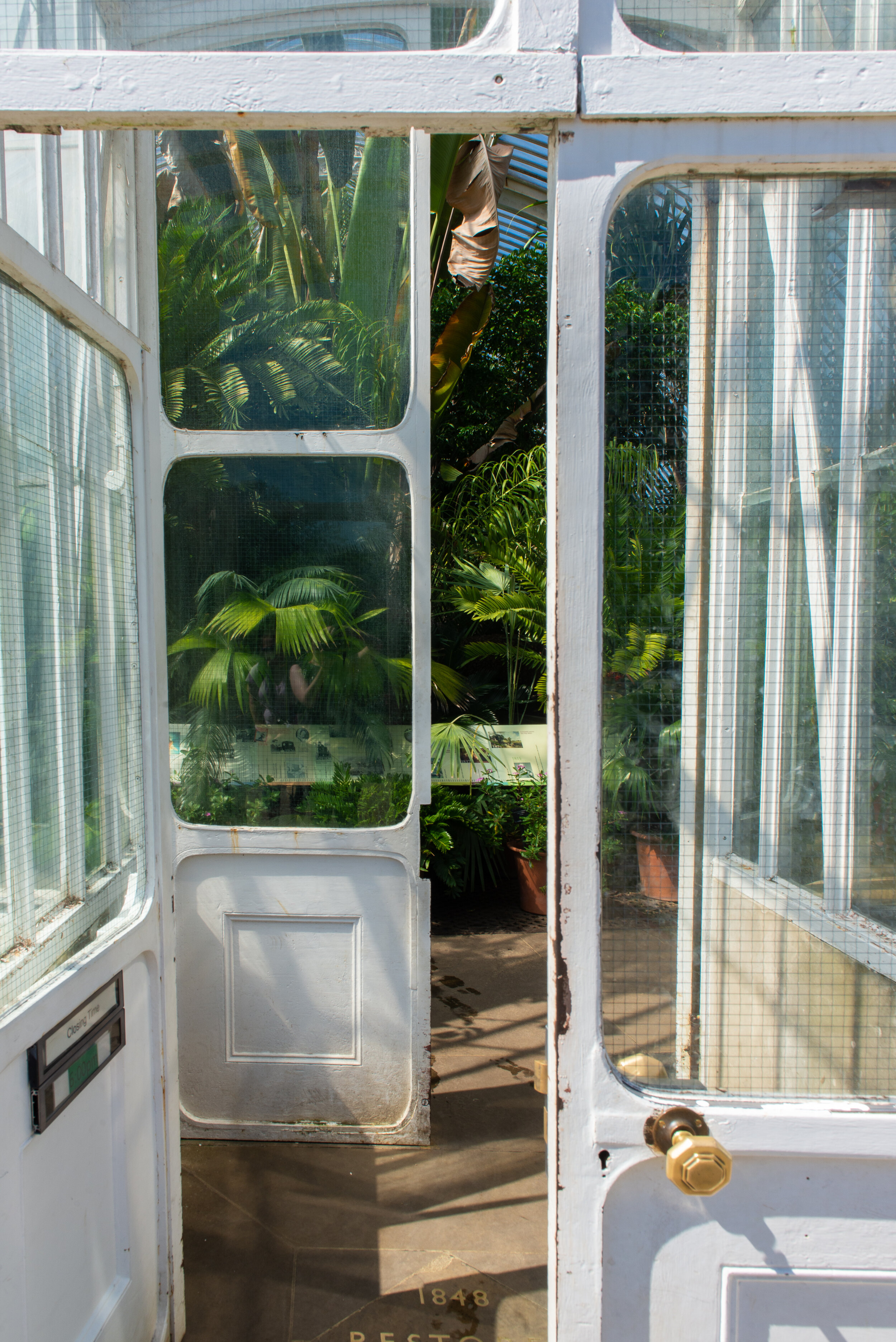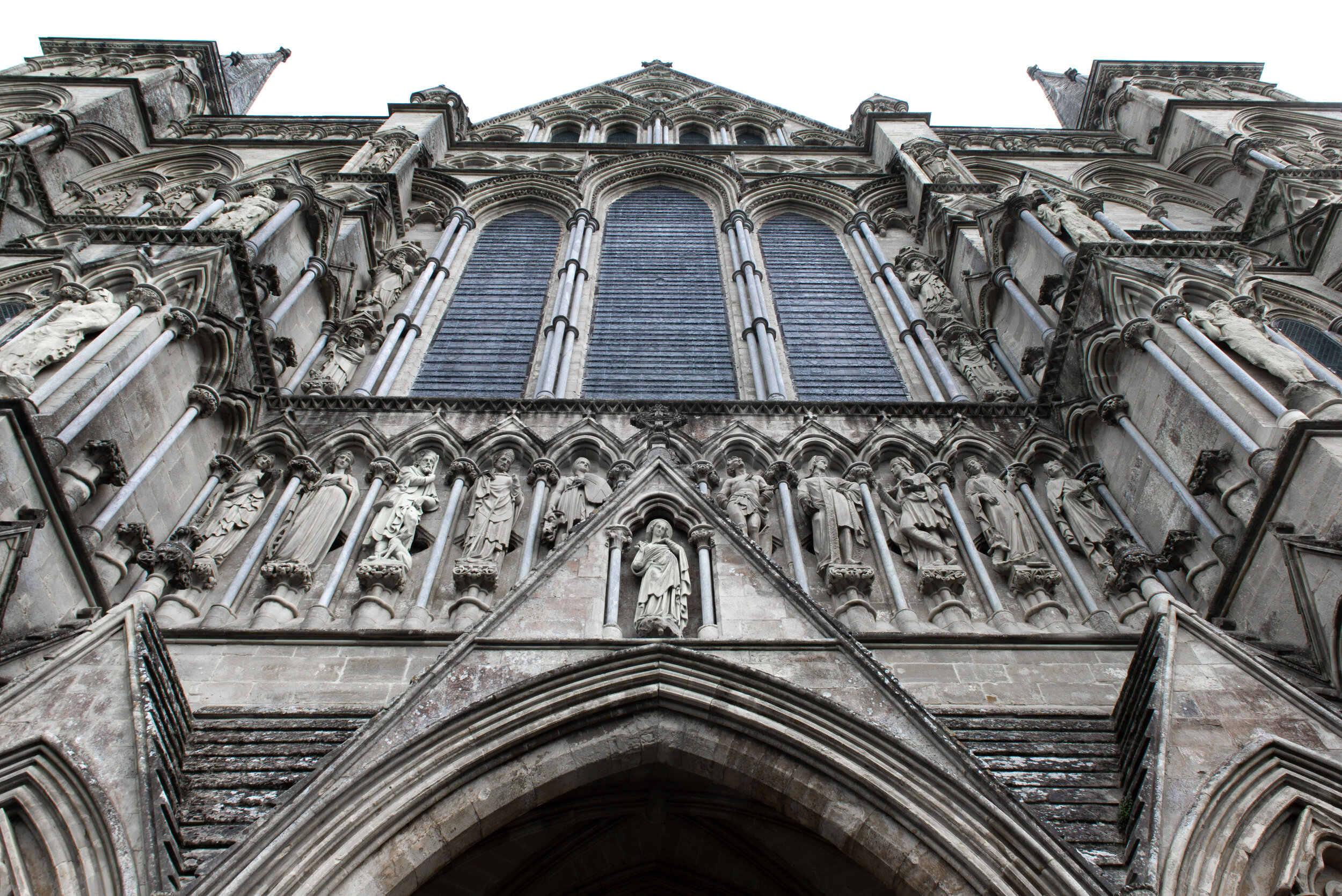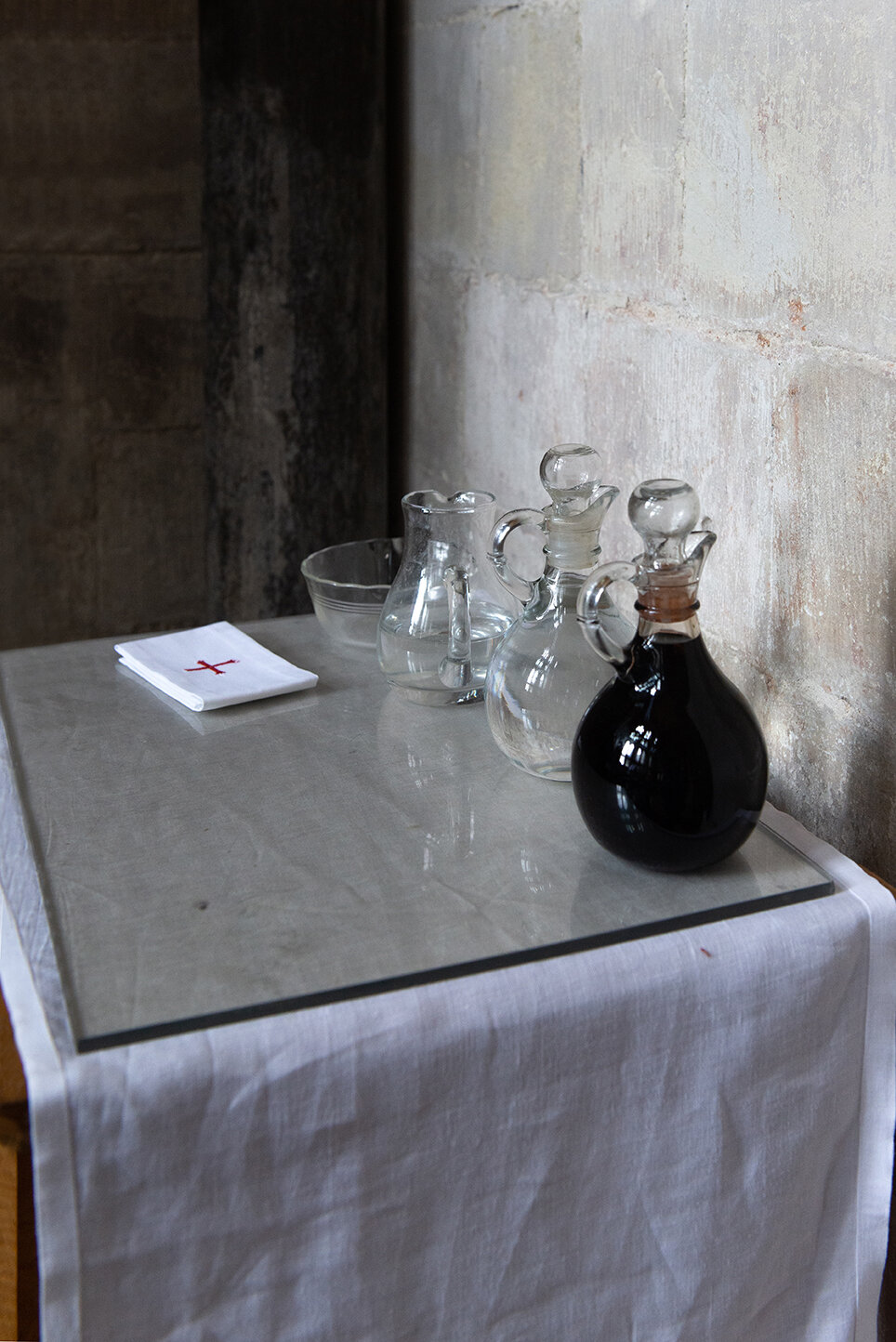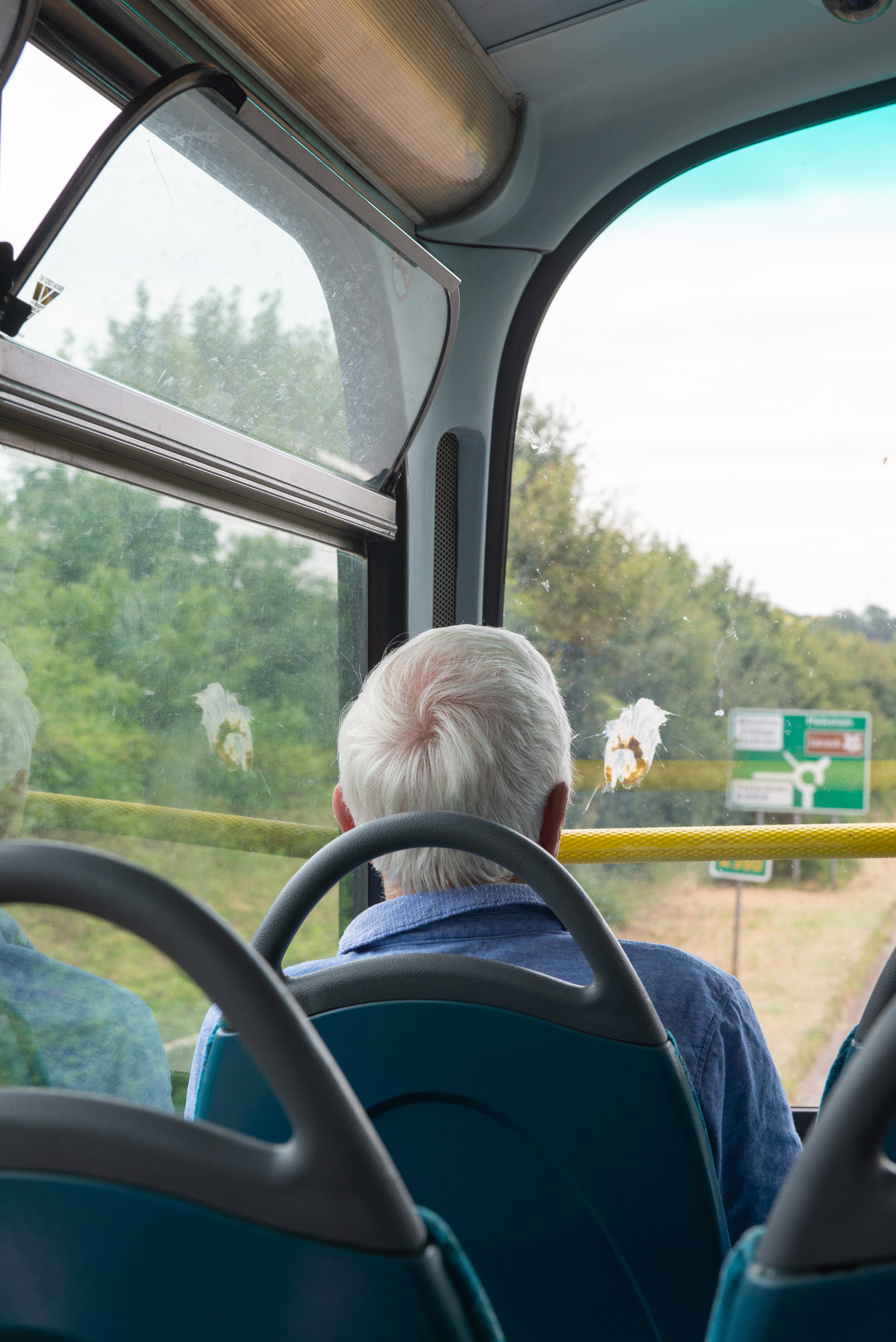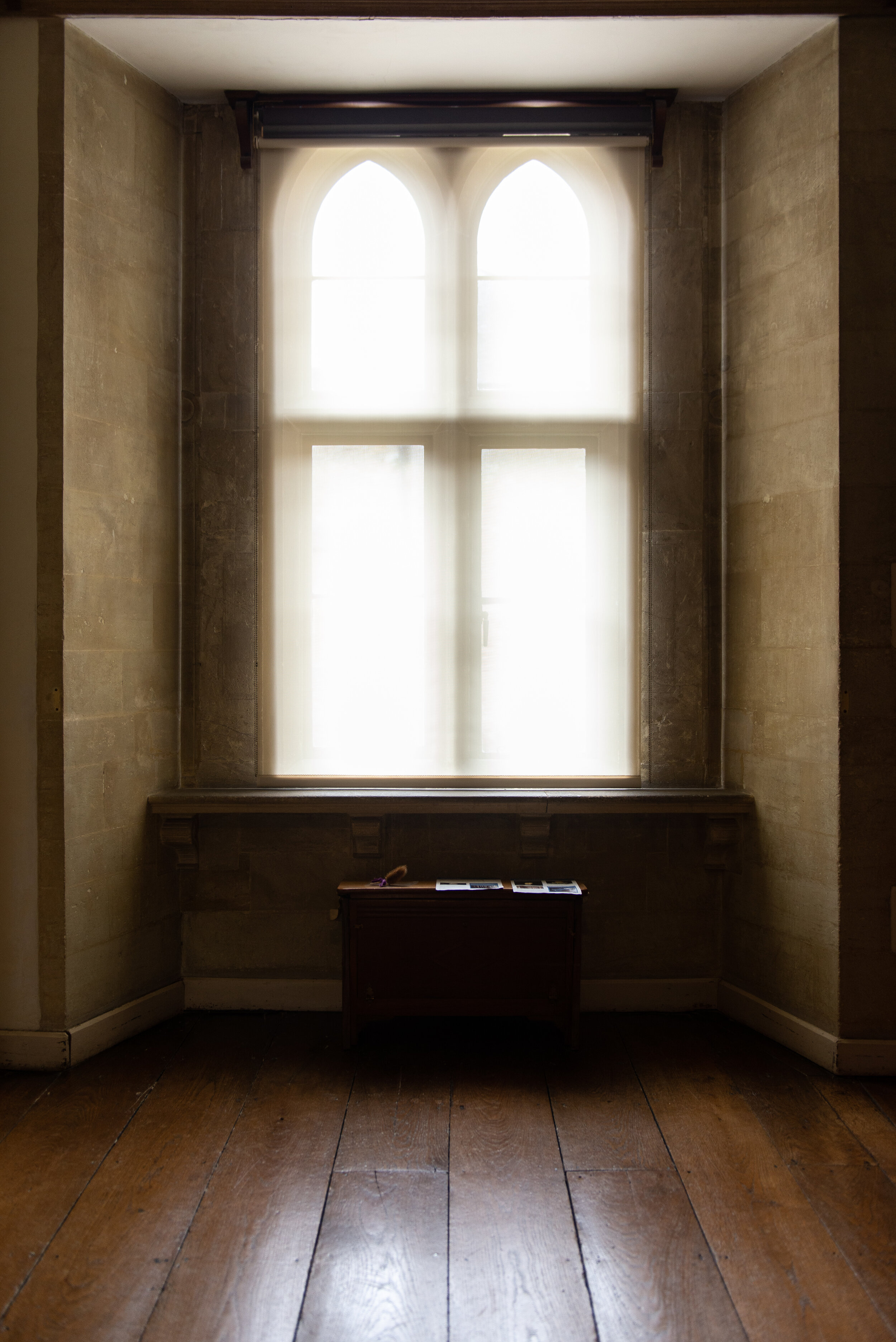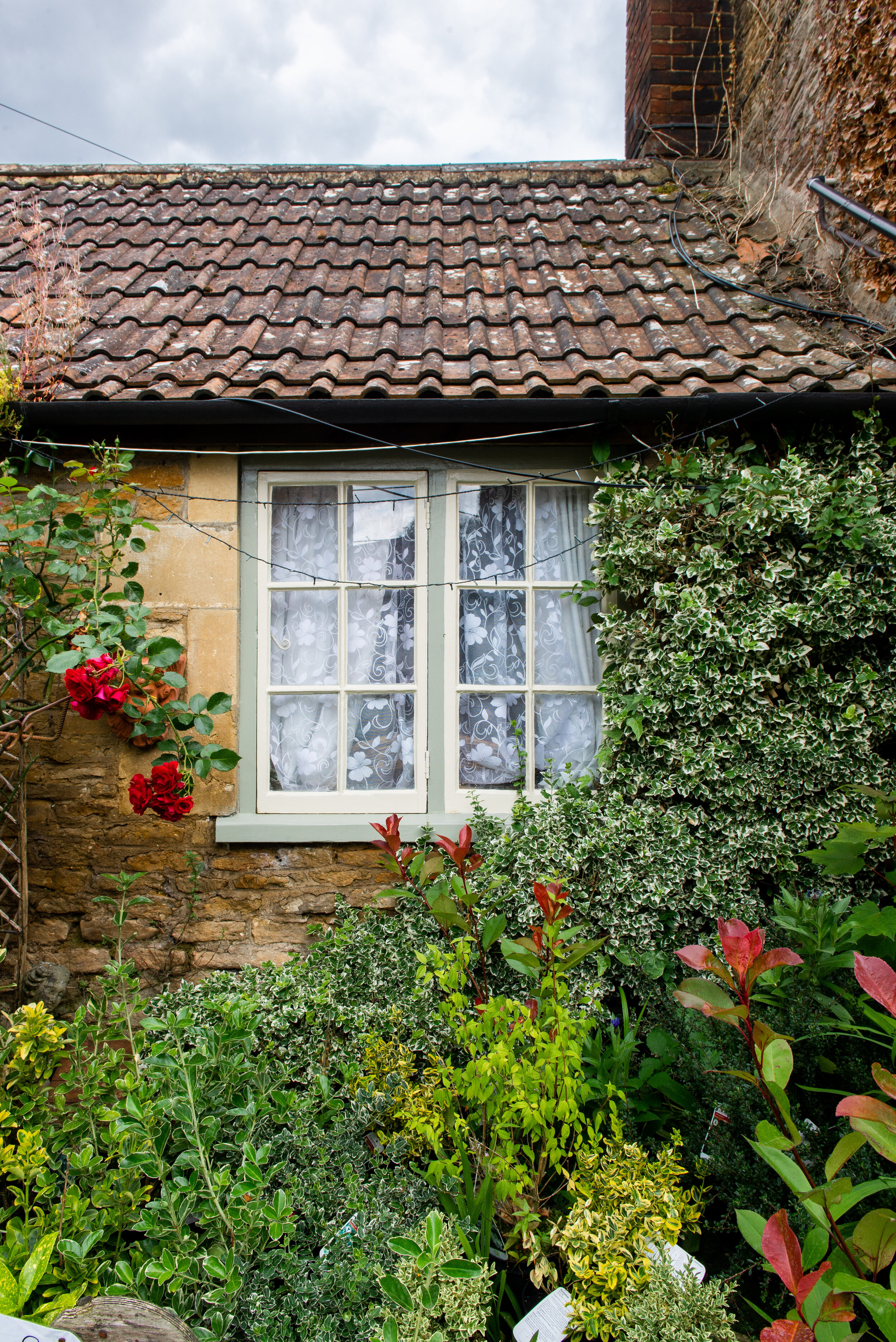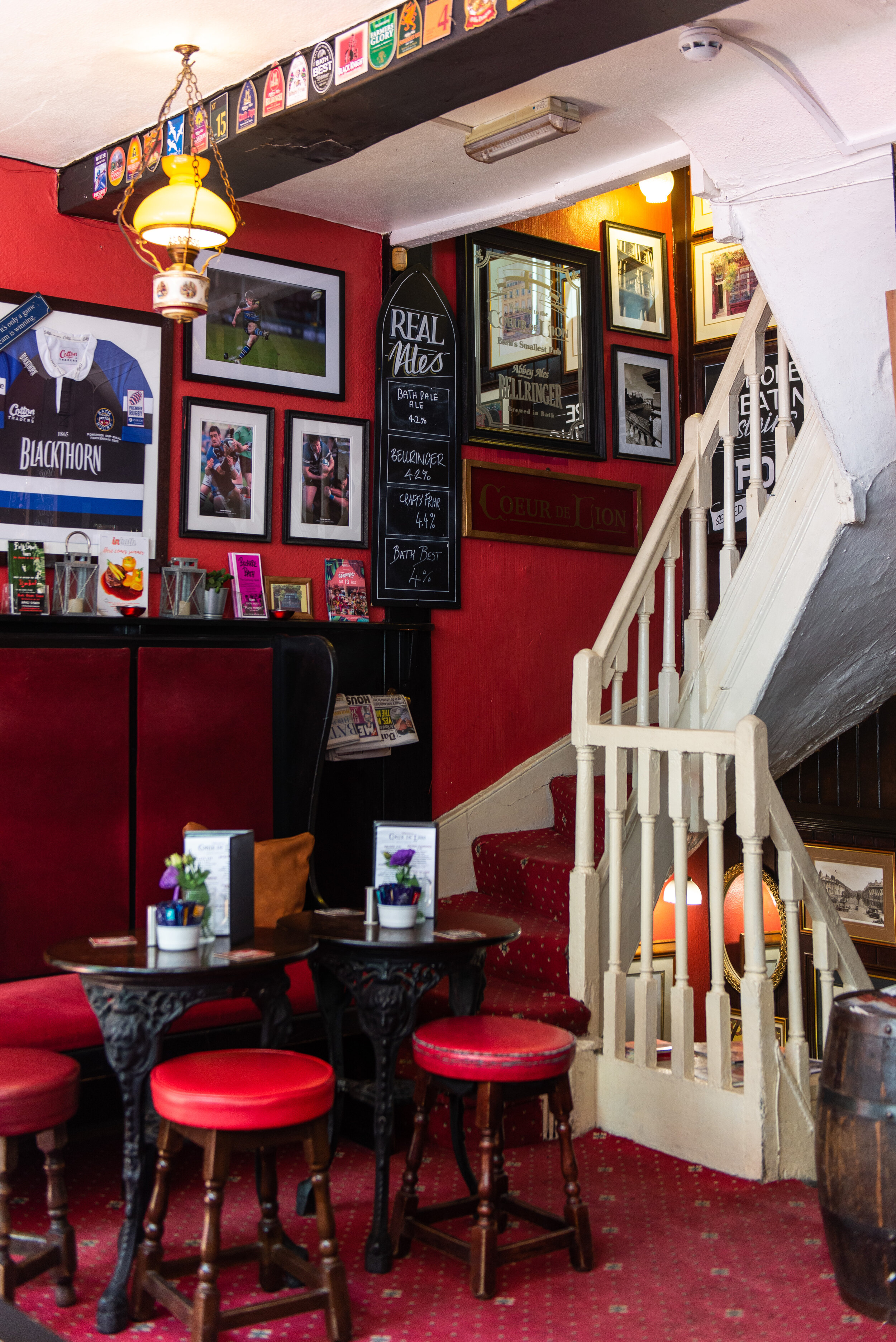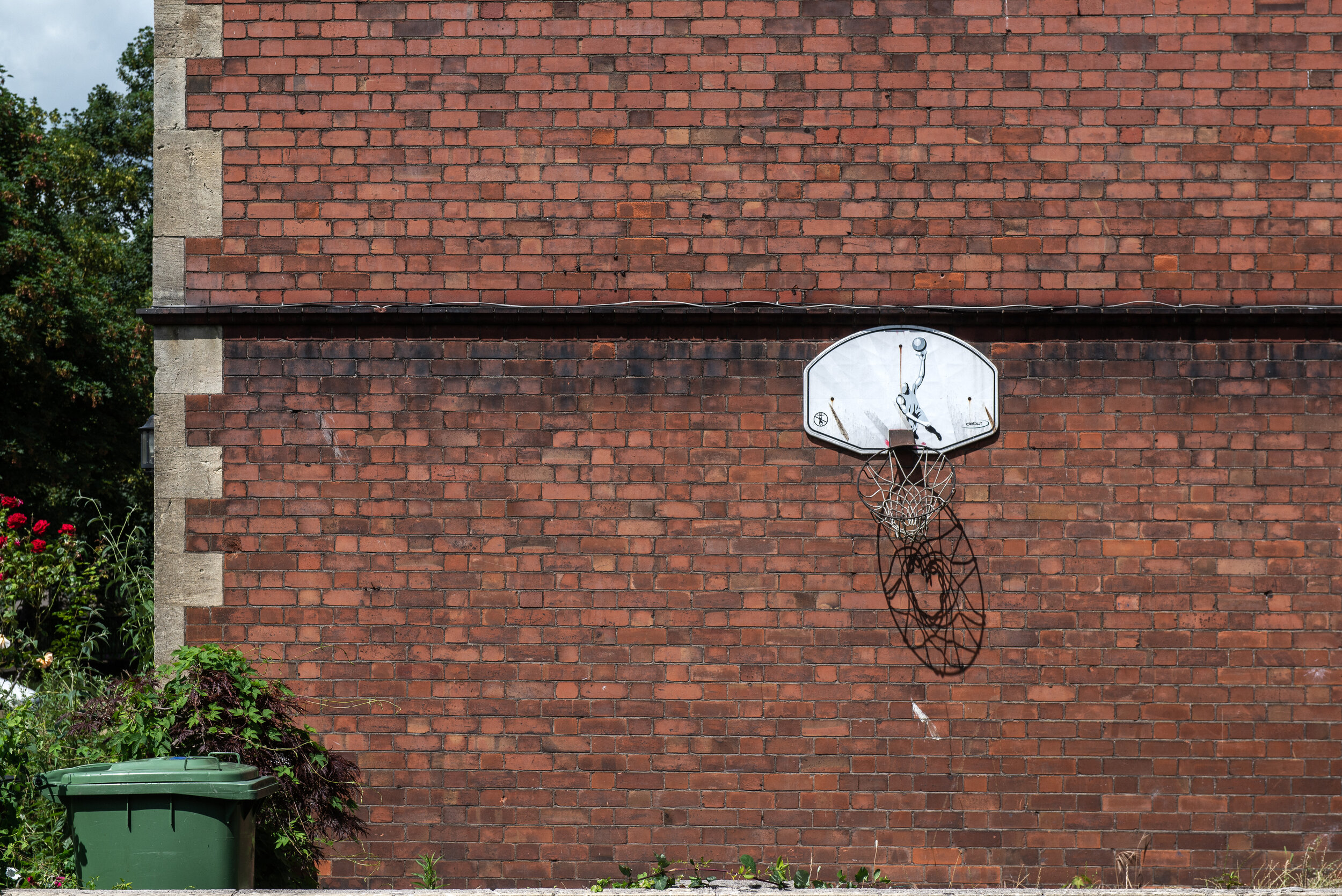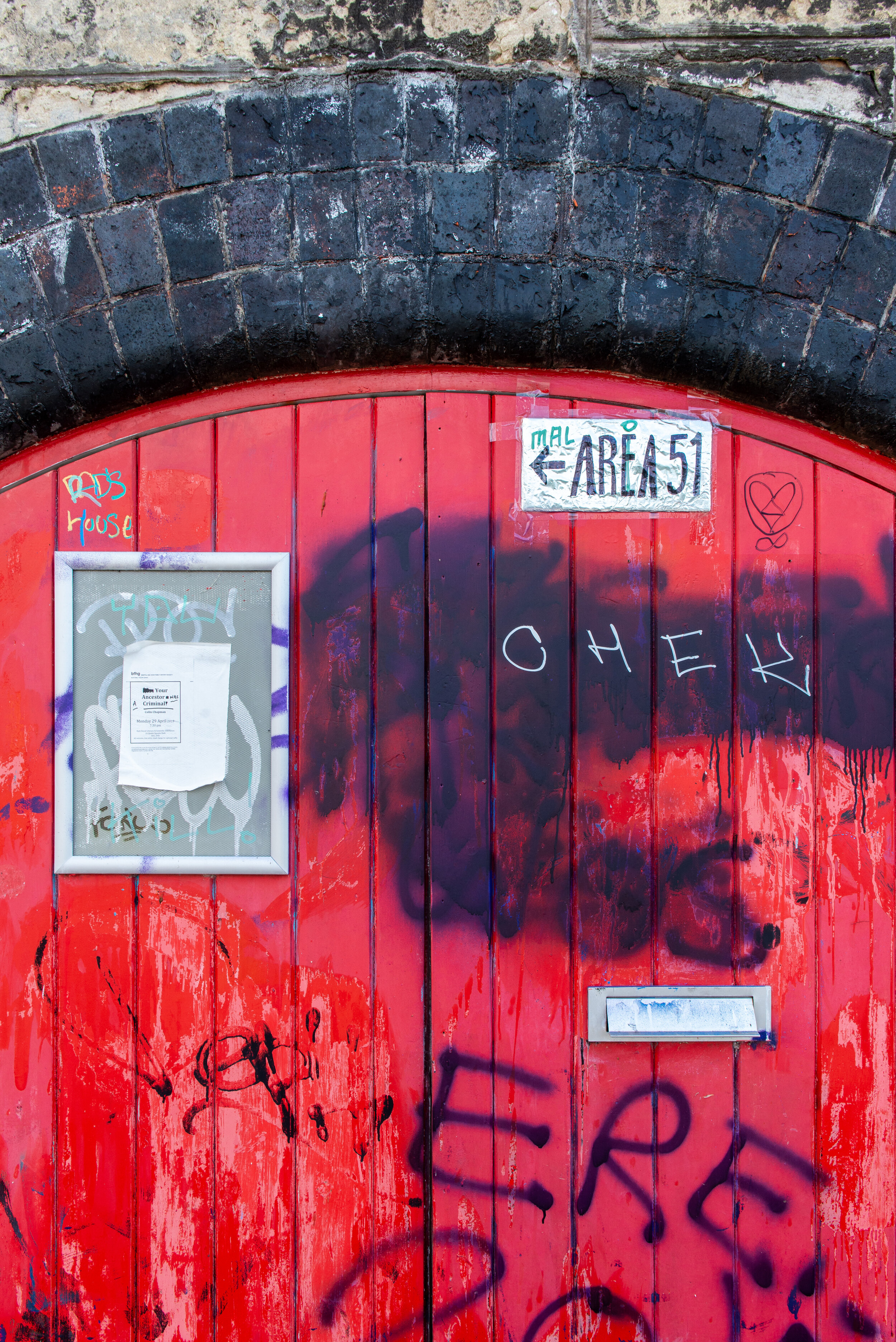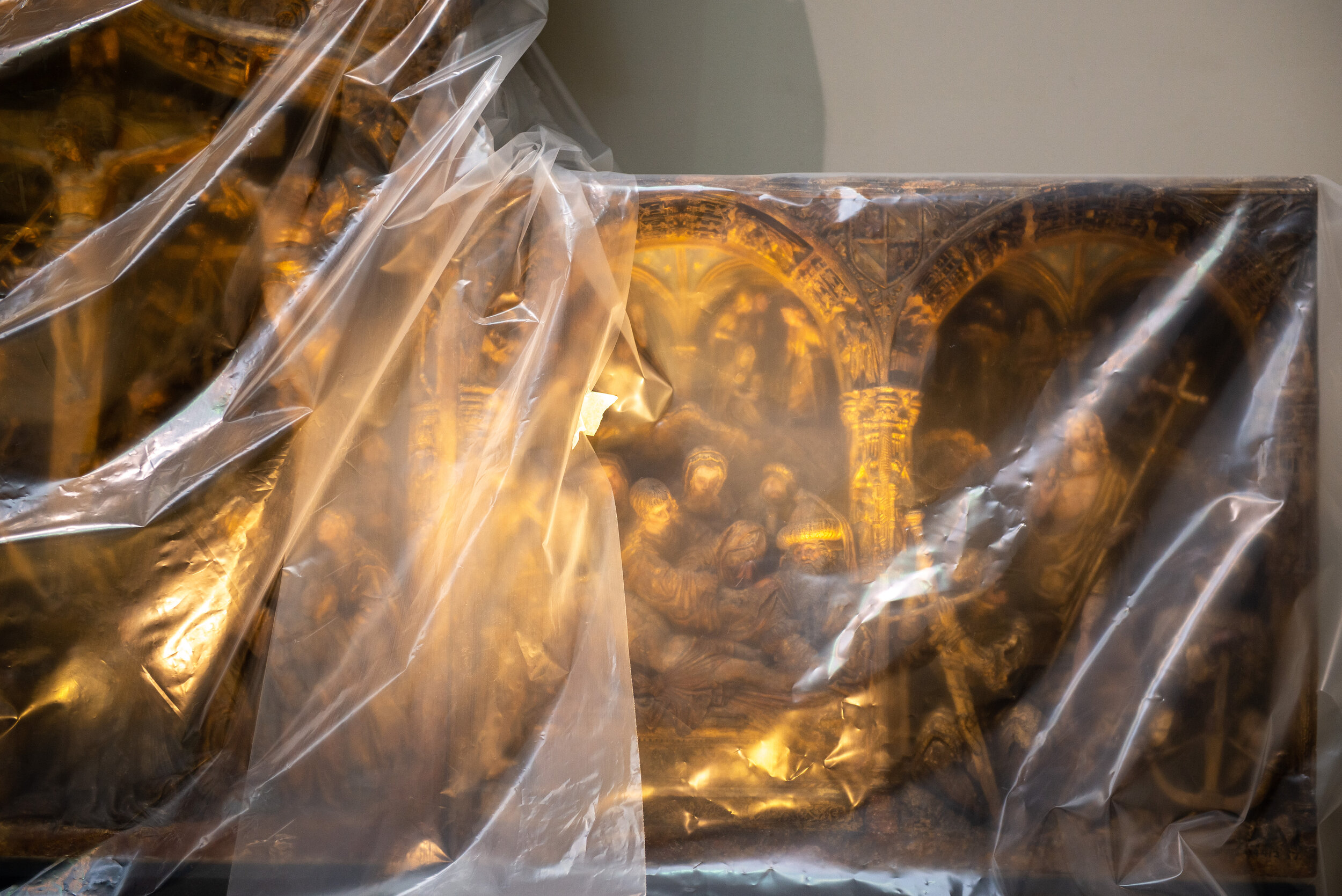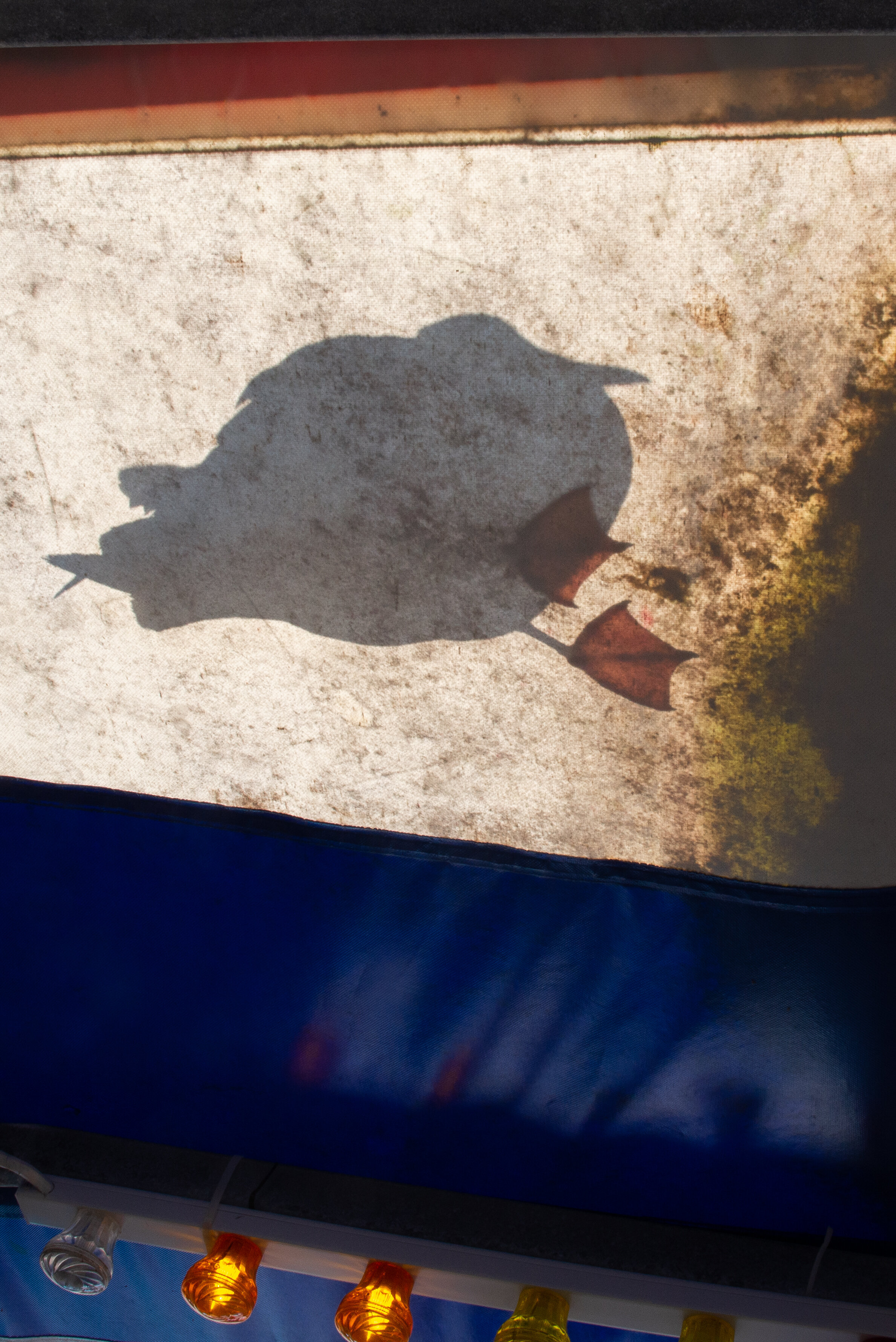I obviously had no idea how togo about documenting my work in a professional manner, but it’s all just a learning curve.
Question 4: How has your art progressed?
The biggest difference I can see is my art has meaning now. It isn’t just about making images that are nice to look at anymore. I’m creating work that I truly care about because it involves the issues that I face daily. Now, my art actually has something to say.
Question 5: How has college affected your artwork?
Technically. College was the perfect place for me to hone my skills and sharpen my technical craft. I feel like the professors at NKU have taught me things that I wouldn’t had been able to acknowledge without them. I never would have know that I was underexposing nearly all of my photo work or that sometimes I need to be rushed in order to finish a painting in less than a month. All of my instructors have given me a swift kick in the ass that I didn’t know I needed. I have also largely been encouraged to explore the topics that I want to make work about — by peers and professors.
Question 6: How do you balance being a full-time college student with being an artist?
Granted that me being a student is centered around the art I am making, it isn’t that difficult. However, making work outside of the classroom is a reoccurring struggle. It has been quite a while since I have made any personal work. When I make my work, I put my all into it — whether it has been assigned to me or not. I do my best not to feel like I have to create an overflow of production. I don’t want to emotionally drain myself.
Question 7: If you haven’t made work outside of the classroom for a bit, what drives you to create art?
I care too much about feelings and the human experience to ever stop creating. I think that it’s super important to for people to share their reality. I am always interested in what others have to say. So the way I figure it, someone out there is probably interested in what I have to say too. There is always going to be emotional turmoil to explore. And if by some miracle there isn’t, then, there’s still things to care about.
Question 8: What is your art about?
In a word: relationships. The work I make focuses on the interactions between people, how we affect the places we live, and how we care for ourselves.
Question 9: How do you start making work?
First, I think about what is causing me the most pain. For a good while, that was my dad. There was a lot that I thought I had coped with that I hadn’t. That’s why Unlearning is my biggest project yet. Exploring those emotions within myself, led to me wanting to share that mental discomfort. I know daddy issues can be the punch line of a lot of jokes —hell, I make a lot of them — but sometimes it’s important to take seriously and figure out the root of it.
After I figure out what I want to make work about, I start coming up with concepts for how to get my message across. This is going to sound super pretentious, but there isn’t any one thing that I love to photograph. I’d rather photograph ideas than things. Once I have that mapped out, I start making the work.
Question 10: Do you think your art is making an impact?
At the very least, I know it has an impact on myself. My art has made me share some of my life experiences in ways that are not comfortable, but necessary. Something I think about a lot actually is that Unlearning has made someone cry before. I think that’s the biggest and most genuine compliment I have ever received as an artist. So, I know that project has meaning beyond myself.
